The Former Philippines thru Foreign Eyes
The Former Philippines thru Foreign Eyes
Book Excerpt
years afterwards, the Duc
d'Alencon (Lucon et Mindanao; Paris, 1870, S. 38) found the traces
of the catastrophe everywhere. Three sides of the principal square
of the city, in which formerly stood the government, or governor's,
palace, the cathedral, and the townhouse, were lying like dust heaps
overgrown with weeds. All the large public edifices were "temporarily"
constructed of wood; but nobody then seemed to plan anything permanent.
[Former heavy shocks.] Manila is very often subject to earthquakes; the most fatal occurred in 1601; in 1610 (Nov. 30); in 1645 (Nov. 30); in 1658 (Aug. 20); in 1675; in 1699; in 1796; in 1824; in 1852; and in 1863. In 1645, six hundred [12], or, according to some accounts, three thousand [13] persons perished, buried under the ruins of their houses. Their monastery, the church of the Augustinians, and that of the Jesuits, were the only public buildings which remained standing.
[Frequent minor disturbances.] Smaller shocks, which suddenly set the hanging lamps swinging, o
Editor's choice
(view all)Popular books in Politics, History
Readers reviews
0.0
LoginSign up
Be the first to review this book
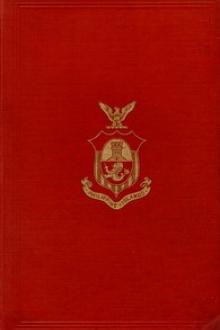
 Free Download
Free Download











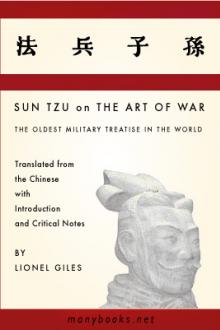
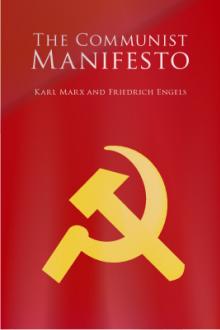
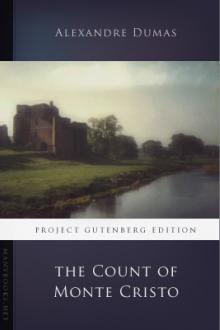
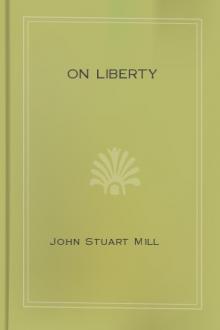

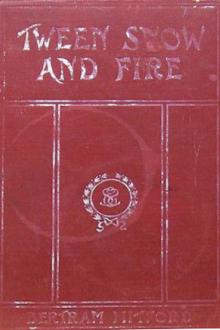
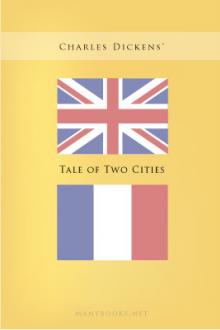

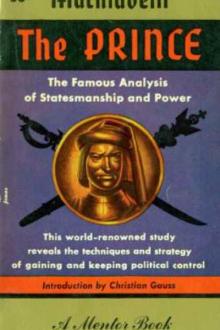
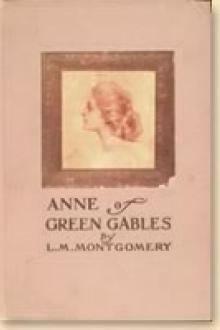
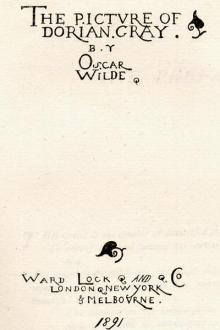
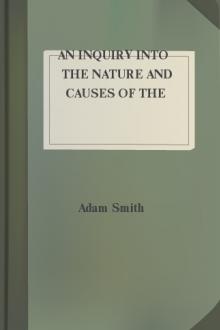
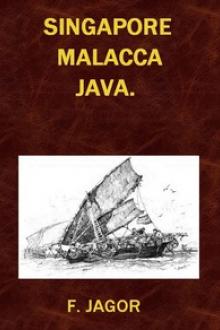
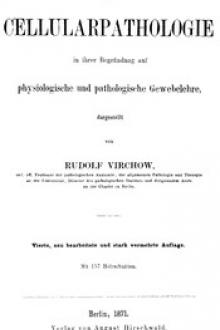
-itok=vcKIB5v1.jpg)